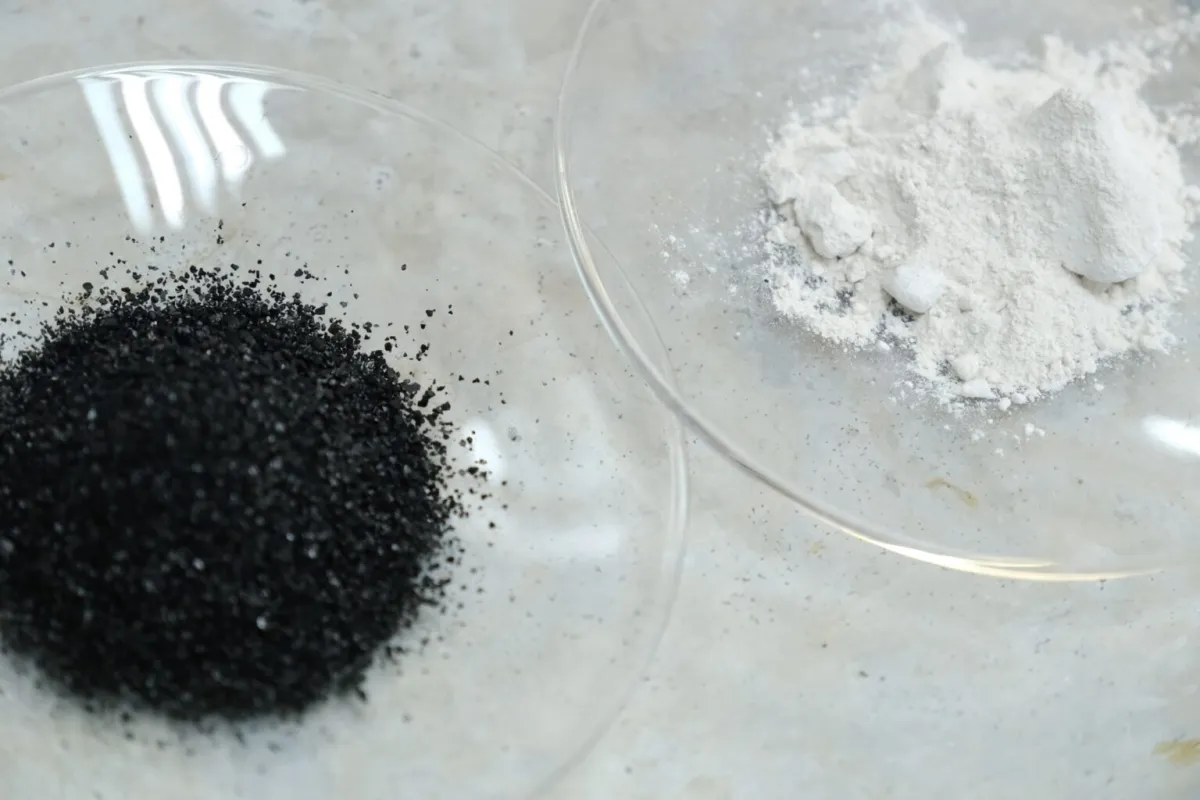
Osteonecrosis of the jaw is a complication arising from the use of bisphosphonate group medications, particularly among elderly patients due to the necessity of these drugs in treating and preventing osteoporosis, as well as for some forms of cancer treatments.
Nanotech researchers at the National Science and Technology Development Agency (NSTDA) collaborated with multiple institutions to develop a material that can absorb Zoledronic Acid (ZA), made from activated charcoal with pore structures combined with magnesium oxide. This has been shown to inhibit bone degradation in patients with cancer or osteoporosis, reducing the risk of osteonecrosis of the jaw with long-term use of Zoledronic Acid.
Zoledronic Acid (ZA), a bisphosphonate group drug, has been widely used to treat bone degradation caused by cancer. Currently, it is approved for treating osteoporosis in postmenopausal women and men, as well as for preventing and treating osteoporosis caused by steroids.
Long-term use of ZA can lead to complications, particularly osteonecrosis of the jaw, a condition that often occurs after tooth extraction. Patients usually experience pain, soft tissue swelling, and infection, eventually leading to exposed necrotic bone in the oral cavity. In severe cases, it may cause a jaw fracture, affecting mastication and speech, which impacts the patient's health and quality of life.
There is currently no standard treatment for medication-related osteonecrosis of the jaw, prompting researchers to develop an absorbent material for Zoledronic Acid from activated charcoal with pore structures combined with magnesium oxide to aid patients.
Studies have shown that the custom-made activated charcoal has a high surface area and evenly distributed magnesium oxide particles. It exhibits an ability to absorb ZA up to 73 milligrams per gram under neutral conditions, significantly higher than the 14 milligrams per gram that plain activated charcoal can absorb.
In addition, using the density function theory calculations, it was found that magnesium oxide enhances the rate of ZA absorption on the surface of the activated charcoal and is also compatible with human cells. It represents a promising absorbent material for the removal of ZA to prevent complications to the jaw bone, potentially serving as a prototype for medical materials in the future. It may take the form of a coating for dental implants to absorb ZA that affects the jaw bone, and possibly evolving from activated charcoal to highly efficient nanostructured carbon for absorption.
Source: National Science and Technology Development Agency (NSTDA)
Tel. +66 2564 7000
For more information